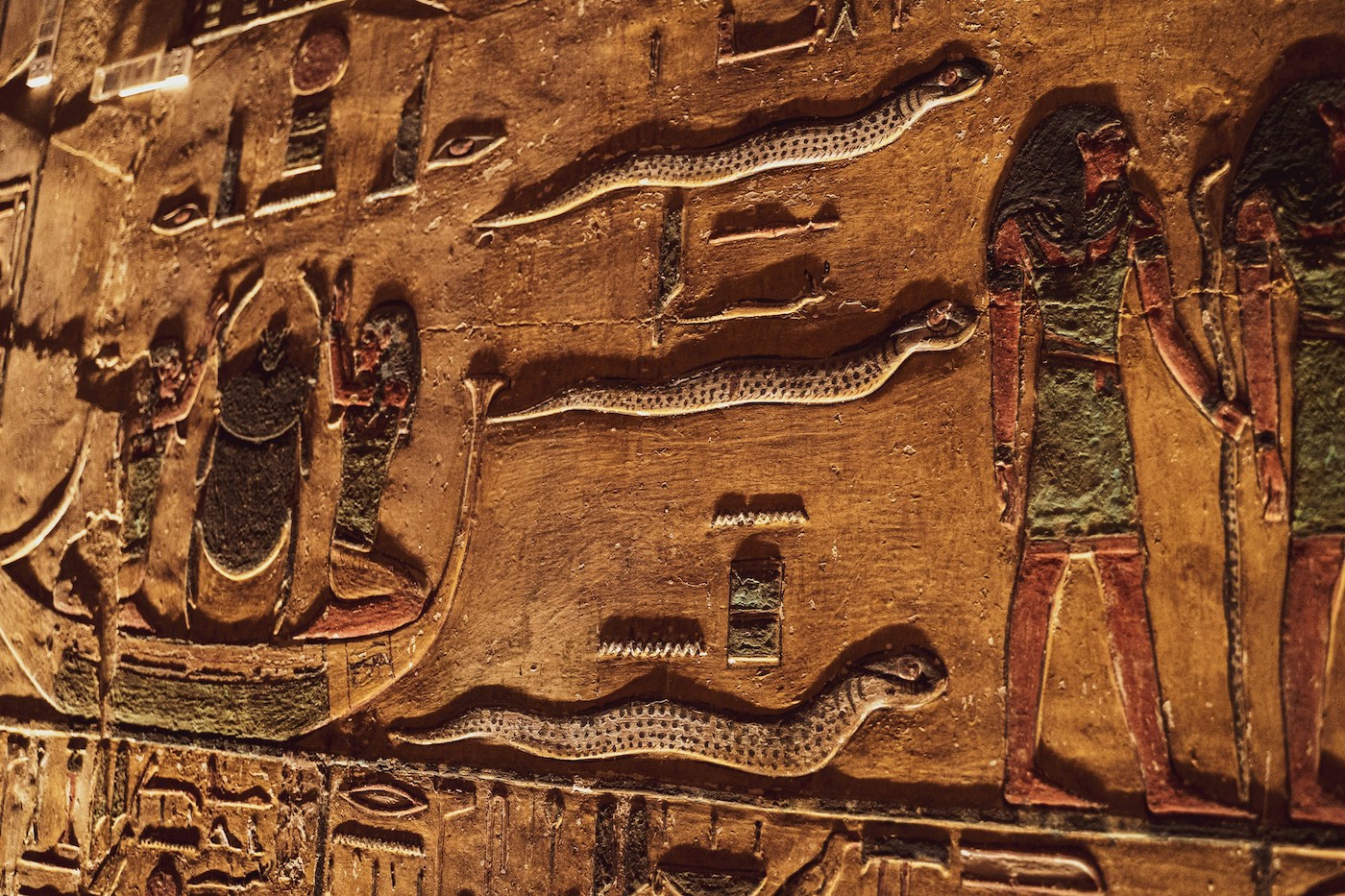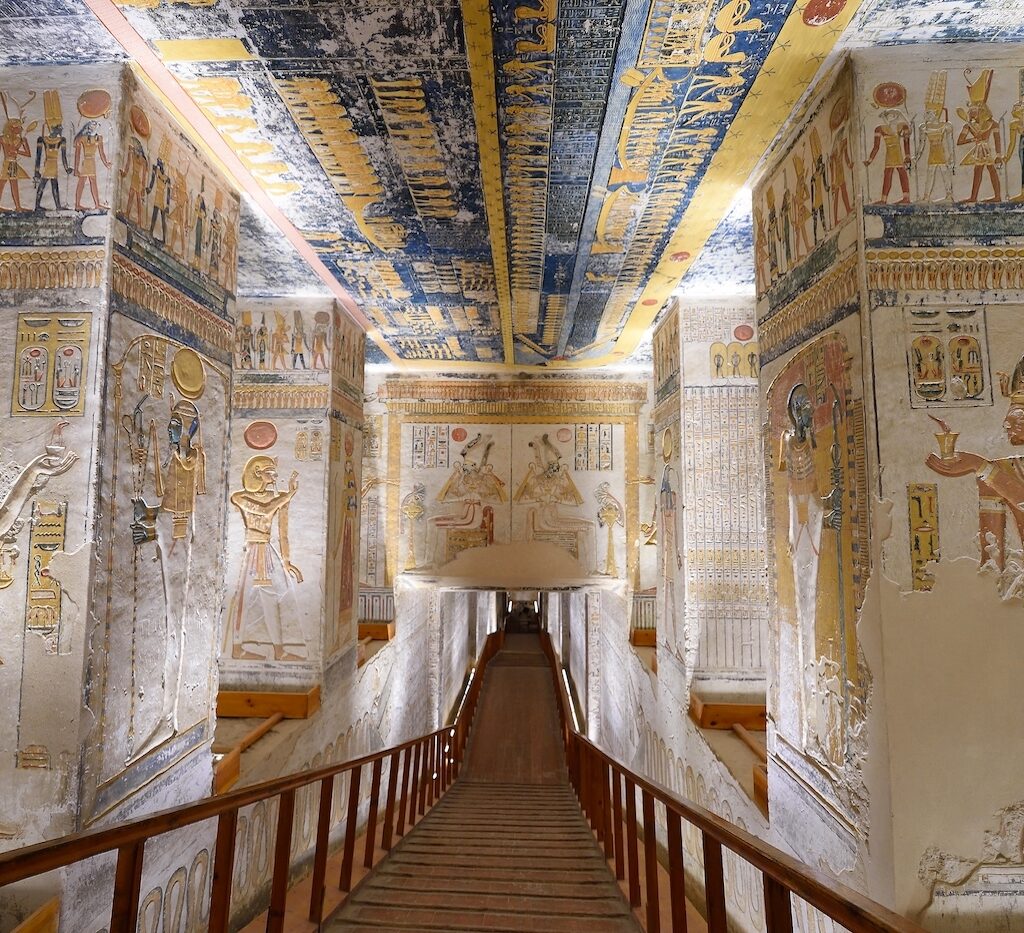
The Top 5 Secrets of the Valley of the Kings
The Valley of the Kings, located on the west bank of the Nile in Luxor, Egypt, is one of the most fascinating archaeological sites in the world. Known as the burial ground for Egypt’s mighty pharaohs, it holds within it mysteries, secrets, and treasures that have captivated historians, archaeologists, and travelers alike for centuries. While it is widely celebrated for its grandeur and historical significance, there are still some lesser-known details about the Valley that continue to intrigue even the most seasoned Egyptologists. Let’s delve into the top five secrets of the Valley of the Kings and uncover what lies beneath the sands of history.
The Secret Tombs Beneath the Surface
One of the most fascinating aspects of the Valley of the Kings is the number of undiscovered tombs that are believed to remain hidden beneath the surface. Despite the discovery of over 60 tombs, many experts believe that there are still more to be found. The tomb of King Tutankhamun, for instance, was unearthed relatively recently in 1922, after years of searching. This discovery raised the possibility that additional royal tombs could still be buried deep within the valley’s rocky terrain.

Advanced technology, such as ground-penetrating radar and laser scanning, has revealed voids and anomalies beneath the ground, leading archaeologists to believe that these might indicate the presence of hidden chambers. The notion that more undiscovered treasures and burial sites lie waiting has made the Valley of the Kings a hotspot for modern archaeological expeditions.
The allure of the undiscovered tombs keeps both researchers and enthusiasts constantly intrigued. The ongoing excavations suggest that even though the Valley was believed to be extensively explored, there are still untouched areas. This endless potential for discovery adds to the Valley’s sense of mystery and timelessness.
The Curse of the Pharaohs – Fact or Fiction?
The “Curse of the Pharaohs” is one of the most well-known and sensationalized secrets tied to the Valley of the Kings. The story gained momentum when several members of the expedition that unearthed King Tutankhamun’s tomb died under mysterious circumstances. Speculations about an ancient curse, said to punish those who disturb the pharaoh’s eternal rest, began to swirl.
Despite the many theories and myths that have surfaced, most researchers now believe that the deaths can be attributed to natural causes such as exposure to toxic mold or bacteria inside the tombs. However, this has not diminished the mystique surrounding the curse. Many still wonder whether the ancient Egyptians, with their vast knowledge of preservation and rituals, may have known ways to protect their sacred tombs in ways we can’t fully comprehend.
Even though the curse has been debunked scientifically, the idea of it still fascinates people around the world. Whether fact or fiction, it adds another layer of intrigue to the already mysterious Valley of the Kings, keeping its visitors curious and slightly on edge as they wander through its tunnels and chambers.
Secret Passages and Hidden Chambers
The Valley of the Kings isn’t just known for its burial sites; many tombs feature complex networks of secret passages and hidden chambers that weren’t initially discovered. These passages were often used as traps to deter grave robbers, who sought to plunder the riches buried alongside the pharaohs. Some tombs have false doors, hidden shafts, and intricate mazes designed to confuse and mislead would-be thieves.

A significant discovery in recent years has been the mapping of these hidden corridors using advanced scanning techniques. For example, the tomb of Seti I, one of the most elaborately decorated tombs in the Valley, has been found to have numerous hidden passages leading to previously unknown chambers. These secret rooms may have served multiple purposes, including housing additional treasures or being part of the elaborate burial rituals practiced by the ancient Egyptians.
The engineering skills of the ancient Egyptians continue to astound modern scholars. The hidden chambers and secret passages are a testament to their advanced architectural knowledge. These intricate designs weren’t just practical but symbolic, reinforcing the idea that the pharaohs would need protection, even in the afterlife.
The Mystery of Queen Nefertiti’s Tomb
One of the greatest unsolved mysteries of the Valley of the Kings is the whereabouts of Queen Nefertiti’s tomb. Nefertiti, the wife of Pharaoh Akhenaten, is one of the most famous queens of ancient Egypt, known for her beauty and power. Despite her prominent role in Egyptian history, her final resting place remains elusive.
Some experts believe that her tomb could be hidden within the Valley of the Kings, possibly even within an undiscovered chamber inside King Tutankhamun’s tomb. In 2015, radar scans suggested the presence of hidden rooms behind the walls of Tutankhamun’s burial chamber, sparking renewed hope that Nefertiti’s tomb might finally be located. While the scans were inconclusive, they highlighted the fact that the Valley of the Kings still holds many secrets waiting to be uncovered.
The search for Nefertiti’s tomb has become a global fascination. If her tomb is found, it could be one of the most significant discoveries in modern archaeology. Her burial site may hold clues not just about her life, but about the tumultuous period during which she ruled, alongside her husband, Akhenaten, and the controversial changes they made to Egypt’s religious and political landscape.
The Intricate Tomb Paintings and Their Hidden Meanings
The tombs in the Valley of the Kings are renowned for their elaborate and colorful paintings that depict the pharaohs’ journey to the afterlife. These paintings, far from being mere decoration, are filled with symbolic meaning and serve as a guide for the pharaoh’s soul as it navigates the afterlife. The walls of the tombs are adorned with images of gods, goddesses, and various scenes from the “Book of the Dead,” an ancient Egyptian funerary text.
What many people don’t realize is that these paintings also serve a more practical purpose: they were meant to protect the pharaohs’ souls from evil spirits and to ensure a safe passage to the afterlife. Some of the symbols and figures are still being studied by Egyptologists today, and their meanings continue to be debated.
The tomb paintings are not just a feast for the eyes but a window into the spiritual beliefs of ancient Egyptians. Every figure, color, and symbol was meticulously chosen to play a role in the pharaoh’s eternal journey. Understanding the hidden meanings behind these paintings can offer a deeper appreciation of ancient Egyptian culture and their views on life, death, and the afterlife.
